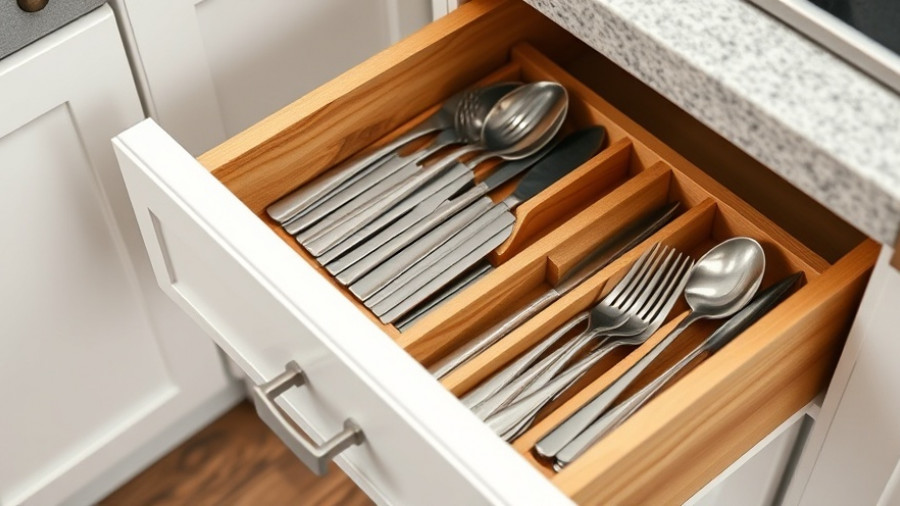
Why Choose Eco-Friendly Cleaning for Hardwood Floors?
Hardwood floors add a touch of elegance to any home, but maintaining their beauty can sometimes feel like a daunting task. Many homeowners instinctively reach for commercial cleaners packed with harsh chemicals. Yet, this approach can lead to long-term damage not just to the wood but also to the indoor air quality of your home. Choosing eco-friendly methods to clean hardwood floors is crucial not only for the longevity of your floors but also for the health of your family.
Simple Ingredients for Natural Cleaning
Cleaning hardwood floors does not have to be a complicated process. In fact, with a few simple ingredients from your pantry or garden, you can create effective cleaning solutions that are both economical and safe. A mix of vinegar and water, for instance, is a time-tested formula that efficiently tackles dirt and grime while being gentle on the wood's finish. Remember to dilute vinegar with water in a 1:1 ratio for best results.
Understanding the Science Behind Each Method
While vinegar is effective, it's essential to understand its limitations. Vinegar can be acidic, which might not always be suitable for certain wood finishes, such as waxed or oiled floors. Therefore, consider alternatives like olive oil combined with a splash of lemon juice for a natural polish that can also enhance shine and clarity without harm. Knowing what each ingredient does can empower you to choose the right method based on your wood type.
Benefits of Eco-Friendly Cleaning
By opting for natural cleaning methods, you safeguard not only your hardwood floors but also your family’s health. Traditional cleaning products can leave behind residues that might affect indoor air quality, especially in households with kids or pets. In contrast, natural ingredients minimize these risks, fostering a cleaner and safer home environment. Moreover, eco-friendly cleaning supports sustainable living practices, helping maintain the planet’s health.
Practical Tips for Maintenance
Regular maintenance is key to prolonging the life of your hardwood floors. Vacuum or sweep daily to avoid the build-up of dirt and debris. Additionally, consider placing mats at entryways to trap sand and grit. Unfortunately, neglecting these steps can lead to scratches and dullness. By following a consistent cleaning schedule using natural ingredients, you’ll maintain not just aesthetics but also the structural integrity of your floors.
How to Transition from Chemicals to Eco-Friendly Products
If you’re used to conventional cleaning products, swapping them for eco-friendly alternatives might seem challenging. Start gradually. Begin by replacing one product at a time with a natural alternative. This slow transition makes it easier and less overwhelming. Additionally, read labels carefully – products claiming to be 'natural' or 'green' can still contain harmful ingredients. Educating yourself is empowering.
In conclusion, cleaning hardwood floors naturally is not just beneficial for the longevity of your investment, but it's also a step towards a healthier living environment. Whether you’re adopting these eco-friendly practices for a remodeling project or simply for regular upkeep, the positive effects will certainly shine through both in your home's aesthetics and in your family’s well-being.
For more insightful tricks and tips to enhance your home, explore our community discussions and resources. You can even take part in local workshops that focus on DIY eco-friendly projects!
 Add Row
Add Row  Add
Add 




Write A Comment